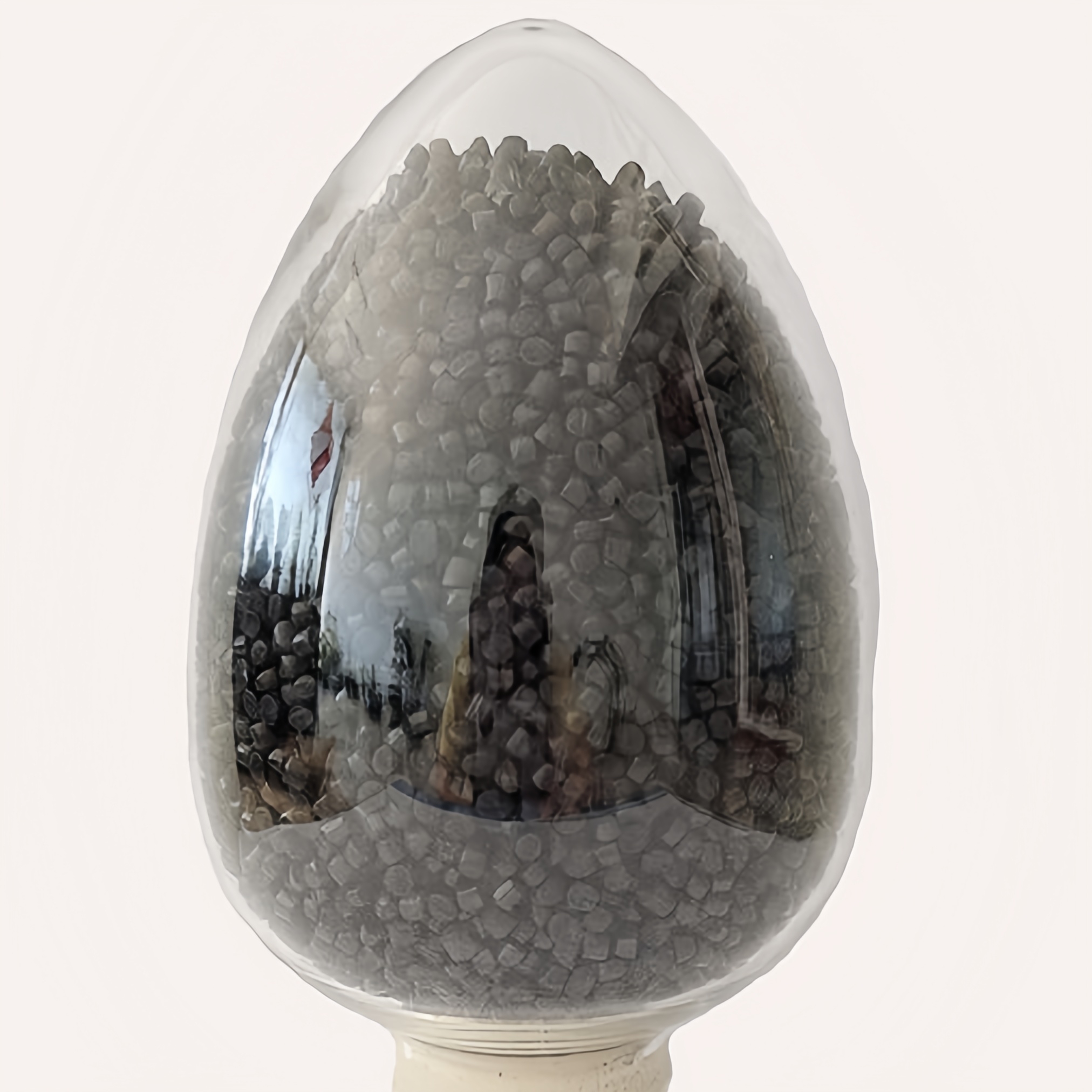
Thermoplastic elastomers (TPE) and thermoplastic elastomeric copolyester (TPEE) are crucial materials in the manufacturing industry, offering a blend of rubber-like elasticity and plastic-like processability. These materials are widely used in various applications due to their unique properties, including flexibility, durability, and recyclability. This article explores the applications and benefits of TPE and TPEE in modern manufacturing, highlighting their importance in creating high-quality, cost-effective products.
Understanding TPE and TPEE
TPE is a versatile material that combines the properties of rubber and plastic, making it ideal for various applications. It is known for its excellent flexibility, durability, and resistance to chemicals and UV radiation. TPE is also recyclable, which makes it an environmentally friendly choice for manufacturers.
TPEE, a subtype of TPE, is a thermoplastic elastomeric copolyester that offers superior heat resistance and mechanical properties. It is known for its high tensile strength, abrasion resistance, and chemical resistance. TPEE is commonly used in applications that require high performance and durability, such as automotive parts, industrial components, and consumer goods.
Applications of TPE and TPEE in Manufacturing
TPE and TPEE are used in various manufacturing sectors, including automotive, electronics, medical, and consumer goods.
In the automotive industry, TPE is used for interior and exterior components, such as door seals, weatherstrips, and instrument panels. Its flexibility and durability make it an ideal choice for these applications.
In the electronics industry, TPE is used for cable and wire insulation, connectors, and housings. Its resistance to heat and chemicals makes it suitable for these applications, ensuring the safety and reliability of electronic devices. TPEE is also used in the electronics industry for applications that require high performance and durability, such as connectors and housings.
In the medical industry, TPE is used for medical devices, such as catheters, tubing, and gloves. Its biocompatibility and flexibility make it an ideal choice for these applications, ensuring the safety and comfort of patients.
In the consumer goods industry, TPE and TPEE are used for various products, such as toys, footwear, and household items. Their versatility and recyclability make them an environmentally friendly choice for manufacturers, reducing waste and promoting sustainability.
Advantages of Using TPE and TPEE in Manufacturing
TPE and TPEE offer several advantages to manufacturers, making them popular choices for various applications. One of the main advantages of TPE and TPEE is their flexibility and durability. These materials can withstand harsh conditions, such as extreme temperatures, chemicals, and abrasion, without losing their properties. This makes them ideal for applications that require high performance and longevity.
Another advantage of TPE and TPEE is their recyclability. These materials can be easily recycled, reducing waste and promoting sustainability. This is especially important in today’s manufacturing industry, where environmental concerns are becoming increasingly important.
TPE and TPEE also offer excellent processing characteristics, making them easy to mold and shape into various forms. This allows manufacturers to create complex and intricate designs, which would be difficult to achieve with other materials. Additionally, TPE and TPEE can be easily colored and printed, allowing for customization and branding.
Furthermore, TPE and TPEE are cost-effective materials that offer excellent value for money. They are widely available and can be sourced from various suppliers, making them a reliable choice for manufacturers. Their versatility and durability also make them a cost-effective choice, as they require less maintenance and replacement compared to other materials.
Conclusion
TPE and TPEE are essential materials in modern manufacturing, offering a range of benefits and applications. Their flexibility, durability, recyclability, and cost-effectiveness make them ideal choices for various industries, including automotive, electronics, medical, and consumer goods. As the demand for high-quality, sustainable, and cost-effective materials continues to grow, TPE and TPEE are expected to play a crucial role in shaping the future of manufacturing.
















